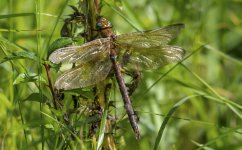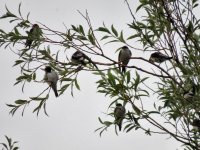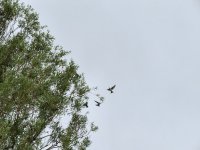lesser kestrel
Well-known member
I'm Paul; John's the other one.
Sorry, should have introduced myself.
Great photo.
Saw what looked like a couple of otter cubs in the dog walking area at Webbs. Saw me and the choccy lab and were gone. Ran towards the Salwarpe. Definitely not mink.
Sorry, should have introduced myself.
Great photo.
Saw what looked like a couple of otter cubs in the dog walking area at Webbs. Saw me and the choccy lab and were gone. Ran towards the Salwarpe. Definitely not mink.
Waited for the right pic to upload o, I was with John waiting for the otter.
That will be my next pic lol
Need a video like Celi's to film that one though
Chrisp
Last edited:








